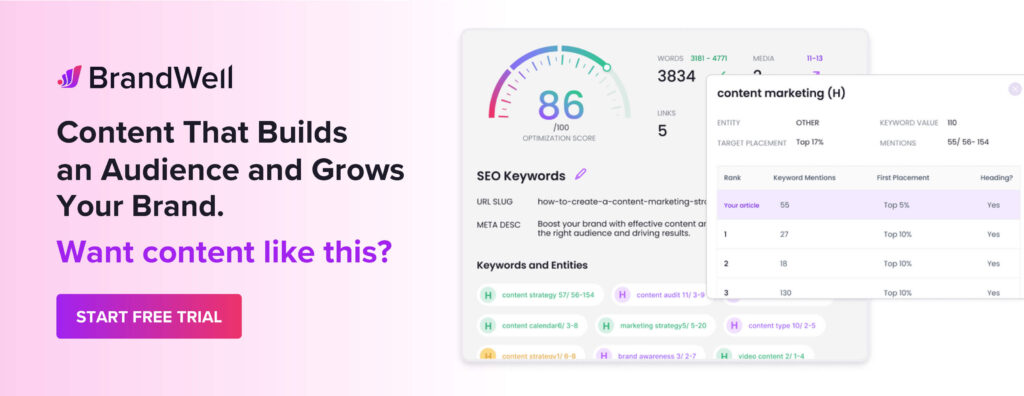Discover top guides, trends, tips and expertise from AIO Writers
Get SEO Content So Good
Chris Velasco
Tuesday, 9th Apr 2024
UNLOCK YOUR POTENTIAL
Long Headline that highlights Value Proposition of Lead Magnet
Grab a front row seat to our video masterclasses, interviews, case studies, tutorials, and guides.



